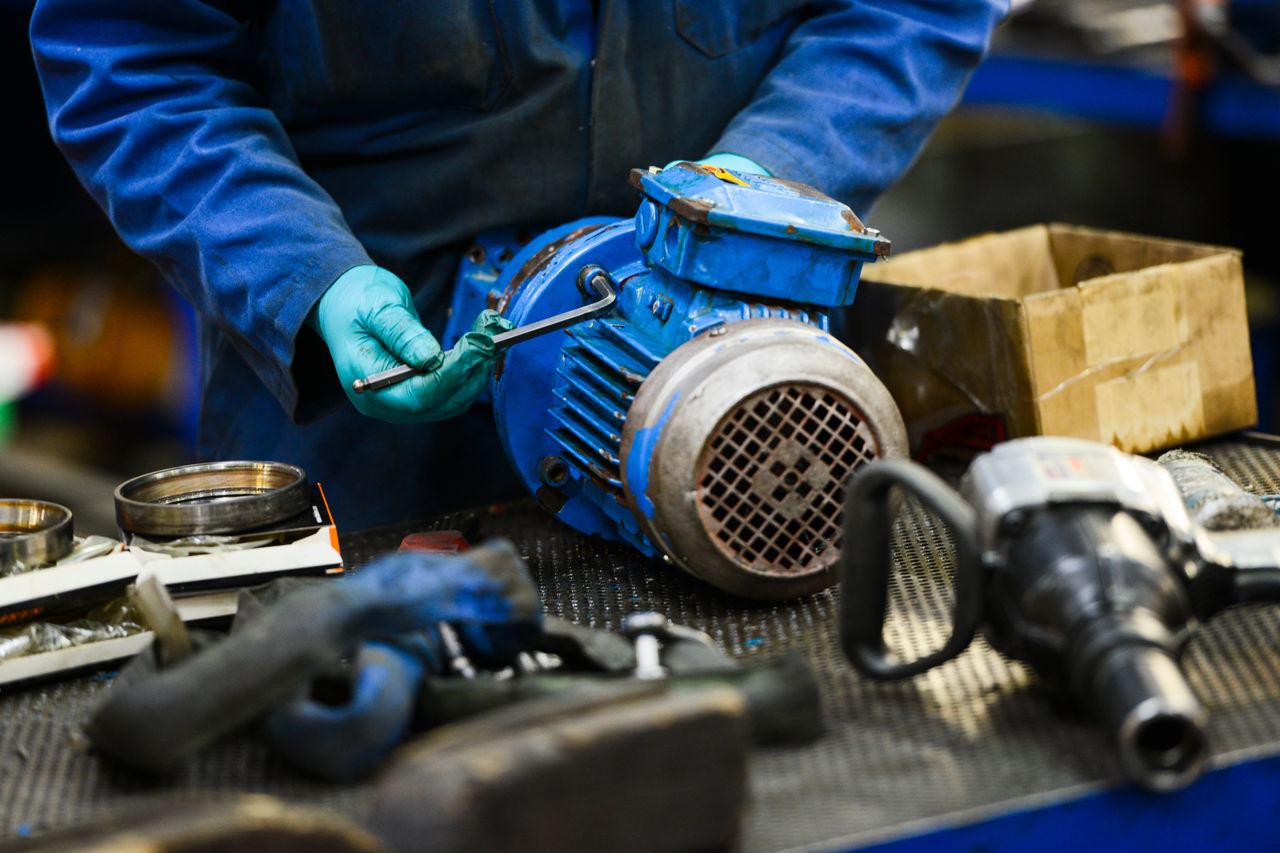How to pick a suitable torque motor
When selecting a torque motor, a number of criteria must be taken into account to guarantee exceptional system performance. An outline of some of the most important considerations when selecting a torque motor may be found here. A thorough technical explanation of why direct-drive motors work so well may be found here, if you're still interested.
1. Motor dimensions
Determining the torque and speed needs for the application is the first stage in sizing a torque motor. The continuous torque can then be calculated using the torque needed for each move during the cycle. It's crucial to account for all variables when determining the continuous torque, including friction, machining torque, external disturbances, machining torque, and static force brought on by an offset load. The continuous torque is used to assess the motor's power dissipation. The structure's temperature rise and if liquid cooling is necessary will depend on how much heat is generated by the motor power dissipation. Because the power dissipation is not distributed equally across the three phases, one motor phase may become excessively hot under static conditions with an applied load. It is necessary to calculate the stall torque in order to guarantee safe operation in these circumstances.
2. Effects of detents
Our technological know-how enables HEIDENHAIN to provide ironcore torque motors with extremely low detent effects. Our concept makes use of a novel combination of fractional pole pitch, orthocyclic windings, and open slots. Without any skewing of laminations or magnets, this technique dramatically decreases detent effects, which would lead to a decreased torque density.
3. The motor's continuous
One of the most important factors when comparing permanent magnet synchronous motors is the motor constant, or Km. It illustrates the connection between the torque generated and the ensuing power losses. A motor that generates torque more efficiently has a higher Km value. The motor's build and design determine Km. This parameter has to do with the motr's internal design. The torque constant, Kt (Nm/Arms), which connects torque production to provided current, is hence a worse measure of motor performance. By altering the winding type, Kt in certain motors can be readily changed. Kt does not reveal the motor's efficiency, but it is helpful in matching a motor to a servo amplifier.
4. Thermal factors
Torque motors produce heat during operation, just like any other servo motor. This heat must be eliminated as effectively as possible to lessen the machine's thermal expansion. For instance, TMK torque motors and ETEL TMBs have a cooling channel design that is tuned to guarantee the coolant evacuates as much heat as possible. In order to achieve high levels of precision and repeatability, the machine structure must be kept cool. There are two ways to cool torque motors: using a liquid coolant or free air convection. When coolant is available, liquid cooling is advised for demanding applications. The torque motors from HEIDENHAIN and ETEL generate significantly higher torque for the same input power than competing competitors because of their enhanced electromagnetic architecture.
Thermal management is crucial in any direct drive application and has a direct impact on the machine's overall performance. The motor is actually situated quite near the working point on a direct drive axis. This results in unparalleled machine performance and offers a significant mechanical stiffness advantage. However, compared to a traditional worm gear system, for instance, the heat generation is closer to the critical area due to the motor's high level of integration. Heat management is part of the vast knowledge that the HEIDENHAIN Family of Brands has in integrating torque motors. The development of direct drive technology has been HEIDENHAIN's only focus. HEIDENHAIN continues to deliver unparalleled torque efficiency for the best performance through a variety of inventions and patented designs.


0 Comments